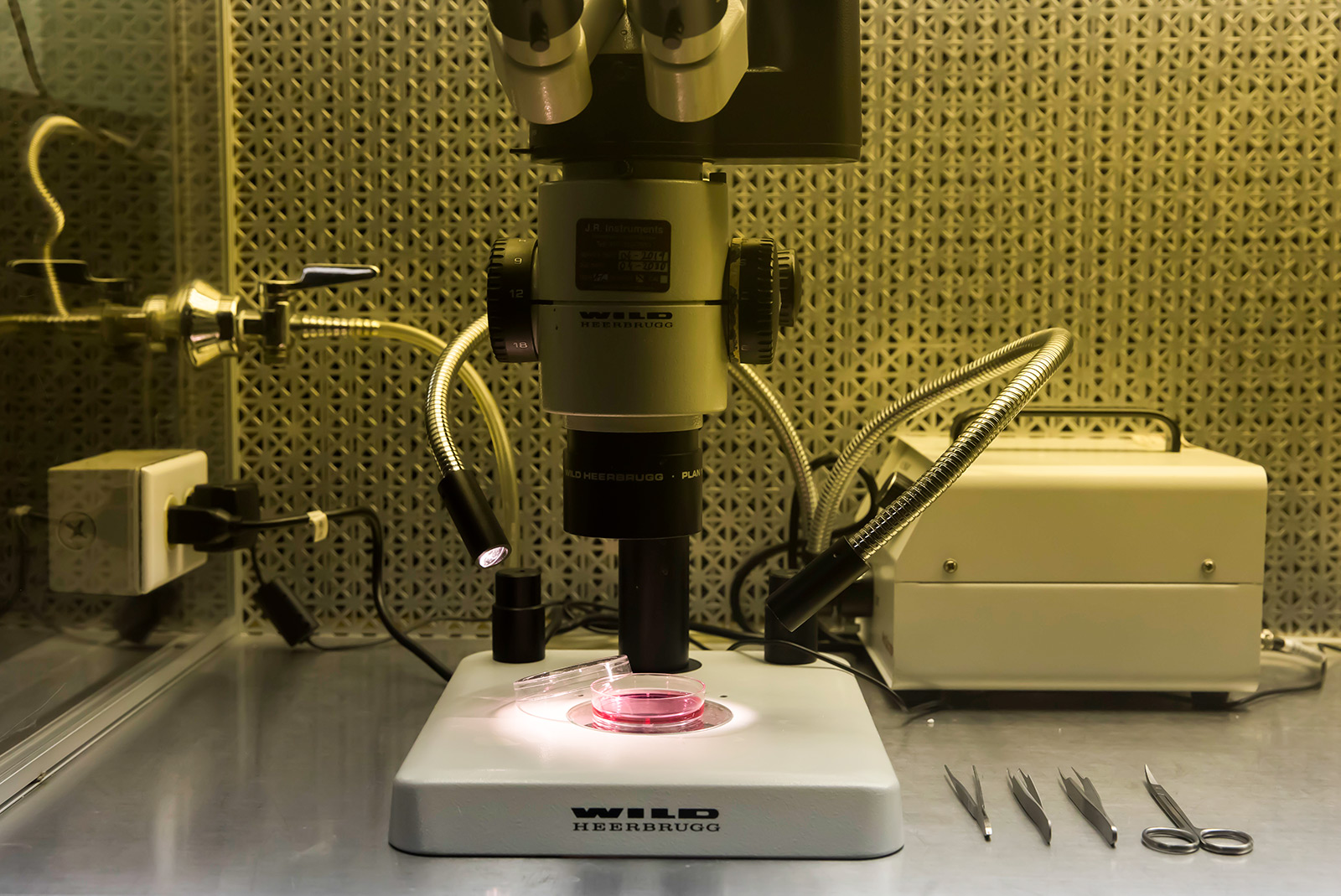Ostrow School of Dentistry Team Researches Growth Factor’s Role in Loeys-Dietz Syndrome

Posted
13 Feb 12
An Ostrow School of Dentistry research team has identified a surprising way in which an important growth factor might be involved in the onset of Loeys-Dietz syndrome during fetal development, according to a new study in the Journal of Clinical Investigation.
Also called Marfan syndrome type II, this syndrome is characterized by visible birth defects in the face and palate as well as potentially deadly cardiac defects. Since Loeys-Dietz-related facial characteristics can be similar to those in patients with other diseases that don’t include the same unseen heart risks, it is critical for doctors to quickly deduce which syndrome the newborn patient has, said Yang Chai, director of the USC Center for Craniofacial Molecular Biology and corresponding author of the study.
“Modulation of noncanonical TGF-β signaling prevents cleft palate in Tgfbr2 mutant mice,” published on February 13, examined the role of transforming growth factor beta, or TGF-β, and the chain of signaling proteins it uses in order to activate genes within the cells of a growing fetus. A very well studied growth factor, TGF-β is known to be heavily involved in the palate’s formation – or failure to form.
The team, led by senior post-doctoral fellow Junichi Iwata, uncovered surprising findings when examining the fetal development of mice for the study. The experimental mice had mutations in TGF-β’s main receptor, a protein called TGFBR2 that spans cell walls. TGF-β outside the cell binds to the receptor, which in turn activates other signaling proteins within the cell and affects which of the cell’s genes are expressed. Since the mice had genetic defects in this receptor, TGF-β’s main line of communication with the inside of the cell was effectively cut off.
However, it was discovered that TGF-β had another way to affect activity inside the cell: receptor proteins TGFBR1 and TGFBR3, which work together to let TGF-β send signals inside of the cell in a completely separate pathway, Chai said. The activation of this separate signaling pathway resulted in palate and facial defects akin to Loeys-Dietz syndrome.
A telltale sign of the alternate pathway’s activity is an abnormally high amount of TGF-β outside of the cell. If a blood test or another similar diagnostic tool can be developed in order to determine the level of TGF-β present in a patient with the characteristic facial defects, a much faster diagnosis of Loeys-Dietz syndrome may be possible, Chai said.
Another striking finding was that additional genetic defects in the alternate pathway led to a disruption in its signaling, which lowered the amount of TGF-β outside of the cell and rescued the palate and facial deformities – essentially correcting the defects before birth with no other intervention.
“If we can screen patients for this, it can identify Loeys-Dietz syndrome and inform clinical practice,” Chai said. “And perhaps, one day, we can manipulate the amount [of TGF-β] and possibly rescue the cleft palate before a baby is born. The prospects of this are very promising.”